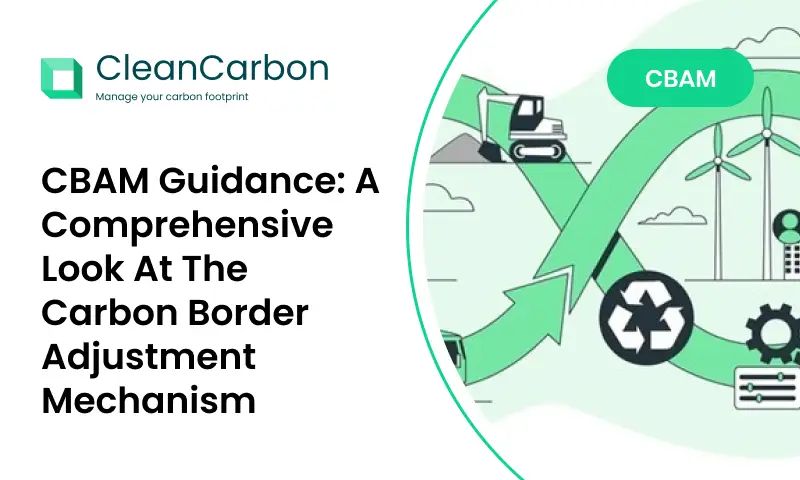The Carbon Border Adjustment Mechanism (CBAM) has become a cornerstone initiative in the global fight against climate change. By mandating transparent reporting of carbon emissions in imported goods, CBAM ensures a fair and sustainable trade environment. A critical part of this process is CBAM report submissions, which are vital for compliance. This blog delves into CBAM reporting rules, the importance of timely submissions, and strategies for importers to adapt effectively.
Understanding CBAM: What Is It?
The Carbon Border Adjustment Mechanism is a European Union policy designed to account for the carbon footprint of imported goods. It ensures that goods produced within the EU and those imported from outside face the same carbon pricing. CBAM initially targets high-emission industries such as:
- Cement
- Iron and steel
- Aluminum
- Fertilizers
- Electricity
CBAM’s goal is to drive global sustainability by discouraging carbon-intensive production and encouraging eco-friendly alternatives.
CBAM Report Submissions: What Importers Need to Know
The CBAM reporting rules require importers to submit detailed reports outlining the carbon emissions associated with their imported products. Here’s what importers need to know about CBAM report submissions:
- Emission Data Reporting: Importers must document both direct and indirect emissions from their imported goods, including emissions from manufacturing and energy usage.
- Verification by Third Parties: All emissions data must be verified by authorized third-party organizations to ensure compliance with CBAM standards.
- Submission Deadlines: CBAM mandates quarterly report submissions, with strict deadlines to maintain transparency and regulatory adherence.
- Carbon Pricing Compliance: If emissions exceed EU-defined thresholds, importers are required to pay a carbon price for the surplus, making accurate reporting crucial.
Challenges in CBAM Report Submissions
While the mechanism encourages sustainability, importers face several challenges in meeting the requirements for CBAM report submissions:
- Data Complexity: Calculating emissions across intricate global supply chains is often challenging.
- High Costs: Compliance may require significant investment in tracking systems, training, and third-party verifications.
- Trade Impacts: Importers may encounter hurdles in aligning with varying carbon pricing policies in non-EU exporting countries.
Strategies for Effective CBAM Report Submissions
To navigate CBAM reporting rules effectively, importers can implement the following strategies:
- Adopt Digital Solutions: Invest in software tools designed to track and calculate emissions across supply chains, ensuring accurate and timely CBAM report submissions.
- Collaborate with Stakeholders: Engage suppliers and partners to streamline data collection and ensure compliance at every step.
- Consult Experts: Work with sustainability consultants and legal advisors to understand and adhere to CBAM regulations.
- Stay Updated: Monitor updates to CBAM policies to remain compliant and adapt business strategies proactively.
Why CBAM Report Submissions Matter
Accurate CBAM report submissions are pivotal to achieving the mechanism’s goal of global sustainability. These submissions not only reflect an importer’s commitment to transparency but also help mitigate the risk of penalties and enhance their reputation as a responsible business.
The Future of CBAM
As CBAM evolves, its scope is expected to expand beyond high-emission industries to include a wider range of products. This expansion emphasizes the need for robust reporting systems and the adoption of sustainable practices across all sectors.






